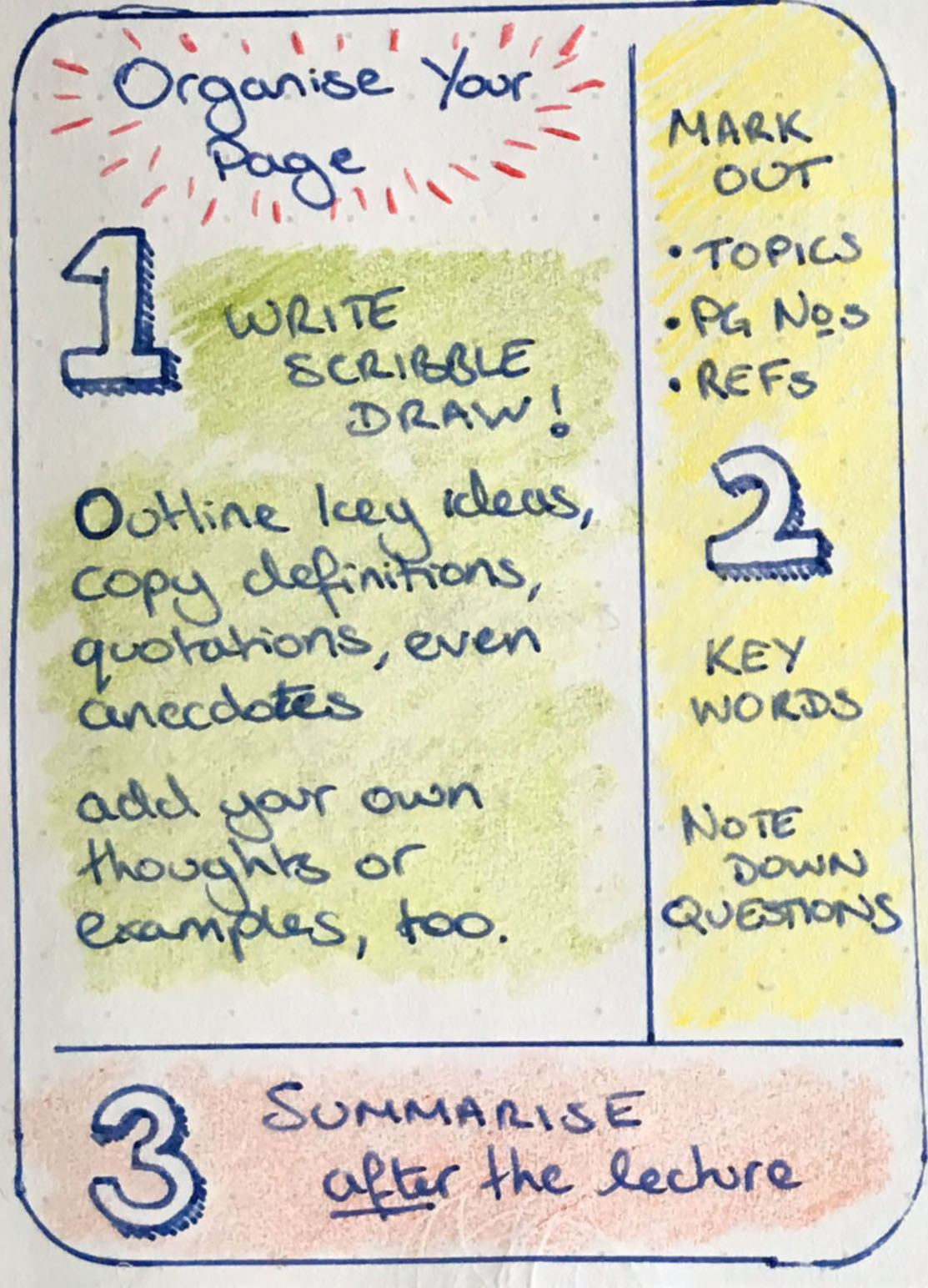We’ve all been there, those of us who have taught undergraduate students. The 9am slot. The time when hordes of empty seats face us thanks to 2-4-1 offers at the student’s union the night before. And those brave souls who have made the effort to attend stare vacantly at the podium. There is no more melancholy experience of participant disengagement. But luckily, it did lead to my learning a wide range of tricks and techniques to enhance engagement.
1. Don’t treat learners like idiots
I know, if they’re hungover it’s self-inflicted injury, right? But have a little compassion. There’s not that much difference between a new university student and any learner – in fact observing academics when they have to sit in classrooms often shows them to be the most inattentive and disruptive of students! Despite the inequality of expertise between the ‘sage on the stage’ and the learner, everyone has relevant expertise to contribute. And an ‘I told you so’ attitude will not have a productive effect in helping any learners reach their outcomes.
If your learners or trainees lack knowledge of the topic, I often found it helped to start with a punching bag exercise. This is an exercise where you invite them to propose the worst imaginable scenario of ignorance. According to your topic this may represent the most bumbling of practitioners, the most unstrategic of managers, the worst value proposition. This imagined punching bag person makes learners feel comfortable and knowledgable by comparison, confident to contribute to discussion, and draws out genuine expertise about what to avoid.
2. Plan your outcome not your content
It may seem much easier to have a fixed idea about the content your learners or trainees need to cover. It’s easier to prepare, to schedule and plan, and to ensure that the specified material is all delivered with no omissions or gaps. You can offer opportunities to ask questions and provide support, and even test participant’s cognitive understanding. But will they be able to recall and deliver when it matters? What do you do with those who didn’t ‘get it’ in the classroom or workshop?
A focus on outcomes rather than content is part of a ‘flipped’ educational method where you give all relevant information to learners in formats they can access at any time. Because information is not learning, and time spent delivering information is time that can be better used for development. Moving away from a clock-based system to an understanding-based system also involves more interactive training and teaching techniques. Providing tests and quizzes or simulation exercises allows a more in-depth focus on developing understanding, which is also more in alignment with client’s or students real interests.
3. Turn your learners into teachers
People learn best from those whose expertise and cultural reference points are similar to their own. While there is an important value to be gained from exploring our differences, getting to that stage relies upon a shared basis of communication and understanding. In the majority of teaching and training settings, that shared platform takes a long time to develop, and getting to the stage where trainer and trainee can meet on shared territory requires both to learn more about each other.
In the early stages, whether that’s minutes or weeks of a learning programme, learners will often have more in common with each other than with the trainer. Utilising this shared bond to enhance their development is a great way to get started. Encourage students or trainees to reflect on their initial learning stages together, present their thoughts to each other, and support feedback between these groups and your expertise. It all begins to establish a common territory – and you might learn something too.







